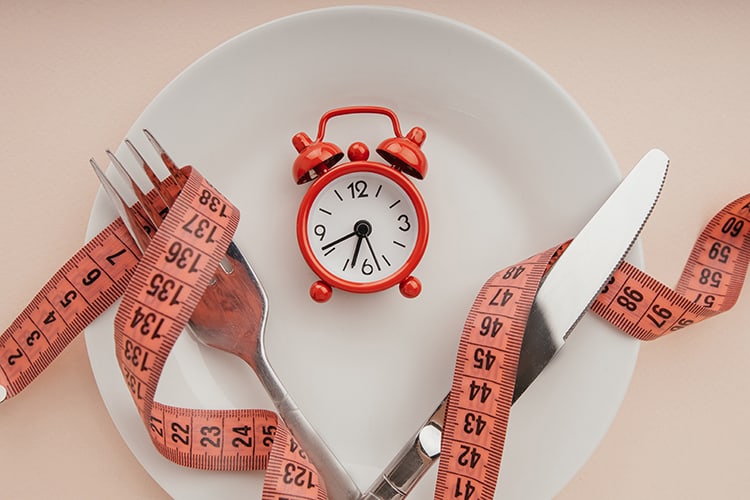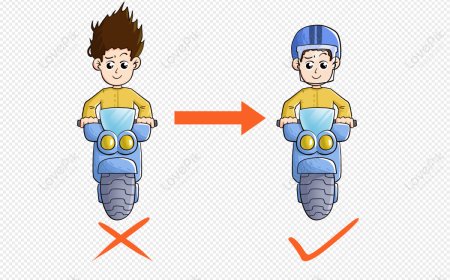Fasting Diet For Weight Loss
In recent years, the science of fasting has emerged at the forefront of health and wellness conversations. From its humble beginnings in ancient cultures to its prevalence in modern health-focused societies, fasting has cemented its place as a potent tool for weight loss.

In recent years, the science of fasting has emerged at the forefront of health and wellness conversations. From its humble beginnings in ancient cultures to its prevalence in modern health-focused societies, fasting has cemented its place as a potent tool for weight loss. However, the idea of abstaining from food for certain periods can seem daunting. In this blog post, we delve into the world of fasting diets and how they can serve as effective strategies for weight loss.
A Comprehensive Guide to Fasting Diets for Weight Loss
What is Fasting?
Fasting, at its most basic level, is the voluntary abstinence from food for a specific period. It’s a practice as old as humanity itself, deeply rooted in various cultural, religious, and traditional ceremonies. Nowadays, it’s utilized not only for spiritual purposes but also as a practical method for achieving health goals, including weight loss.
Types of Fasting Diets: fasting diet for weight loss
When it comes to fasting for weight loss, there are several popular protocols that you can choose from:
Intermittent Fasting (IF): Perhaps the most popular fasting diet for weight loss, intermittent fasting, involves cycling between periods of eating and fasting. The most common forms include the 16/8 method (fast for 16 hours, eat within an 8-hour window), the 5:2 diet (eat normally for five days, reduce calorie intake significantly for two), and the Eat-Stop-Eat method (one or two 24-hour fasts per week).
Time-Restricted Feeding (TRF): A subtype of IF, TRF confines eating to a specific number of hours each day, often aligning with our circadian rhythms. The most common is a 12-hour feeding window (say, 8 am to 8 pm), followed by a 12-hour fasting period.
Prolonged Fasting: This involves fasting continuously for two to five days. While it may promote significant weight loss, it’s generally not recommended without medical supervision due to the potential for adverse effects.
How Does Fasting Aid Weight Loss?
Fasting, when done correctly, triggers a number of physiological responses that aid in weight loss. Here are a few key mechanisms:
Caloric Deficit: Simply put, fasting reduces the window of time during which you can consume food, thus lowering total calorie intake, leading to a caloric deficit and subsequent weight loss.
Insulin Regulation: Fasting diet for weight loss allows the body to use up its glucose reserves, leading to a reduction in insulin levels. This shift enables the body to begin burning stored fat for energy, aiding in weight loss.
Increased Metabolic Rate: Some research suggests that short-term fasting can increase your metabolic rate, helping you burn more calories.
Human Growth Hormone (HGH) Production: Fasting can stimulate the secretion of HGH, which aids in fat loss and muscle gain, contributing to weight loss.
Tips for Success with Fasting Diets: fasting diet for weight loss
Embarking on a fasting diet requires a mindset shift and careful planning. Here are a few tips to help you succeed:
Start Slow: If you’re new to fasting, start with a gentler approach, like the 12/12 method, then gradually increase your fasting window as your body adjusts.
Stay Hydrated: During fasting diet for weight loss periods, it’s crucial to stay hydrated. Water, black coffee, and unsweetened teas can be consumed without breaking your fast.
Eat Balanced Meals: During your eating windows, focus on nutrient-dense foods that provide the vitamins, minerals, and macronutrients your body needs.
Listen to Your Body: Fasting shouldn’t feel like torture. If you’re experiencing severe discomfort or other adverse effects, it’s crucial to pause, reevaluate, and adjust your approach. Always prioritize your health and well-being.
Combine with Physical Activity: Pair your fasting schedule with regular physical activity. This combination can optimize the potential benefits of weight loss and overall health improvement.
Seek Medical Advice: If you have any underlying health conditions, or if you’re pregnant or breastfeeding, consult with a healthcare professional before starting a fasting diet.
Common Misconceptions About Fasting
Fasting diet for weight loss often gets misconstrued, leading to a few common myths:
Starvation Mode: One common myth is that fasting puts your body into ‘starvation mode,’ slowing your metabolism and halting weight loss. While prolonged calorie restriction can lead to a decrease in metabolic rate, this is not typically the case with intermittent fasting or time-restricted feeding.
Muscle Loss: Fasting, especially intermittent fasting, doesn’t necessarily lead to muscle loss, provided you consume adequate protein and engage in resistance training. Some evidence even suggests that fasting can increase growth hormone levels, which can help preserve muscle mass.
Unmanageable Hunger: Many fear that fasting will lead to unbearable hunger. In reality, ghrelin (the “hunger hormone”) levels can adapt to your new eating schedule, helping manage feelings of hunger.
Conclusion
Fasting is a powerful tool for weight loss, but it’s not a one-size-fits-all solution. What works best will depend on your individual needs, lifestyle, and health status. Remember, sustainable weight loss is not just about short-term dietary changes but about long-term lifestyle adaptations that include balanced eating, regular physical activity, adequate sleep, and stress management.
As with any fasting diet for weight loss change, it’s advisable to consult with a healthcare professional before starting a fasting diet. With the right approach and mindset, fasting can be a transformative practice for weight loss and overall health improvement.
What's Your Reaction?



























































































